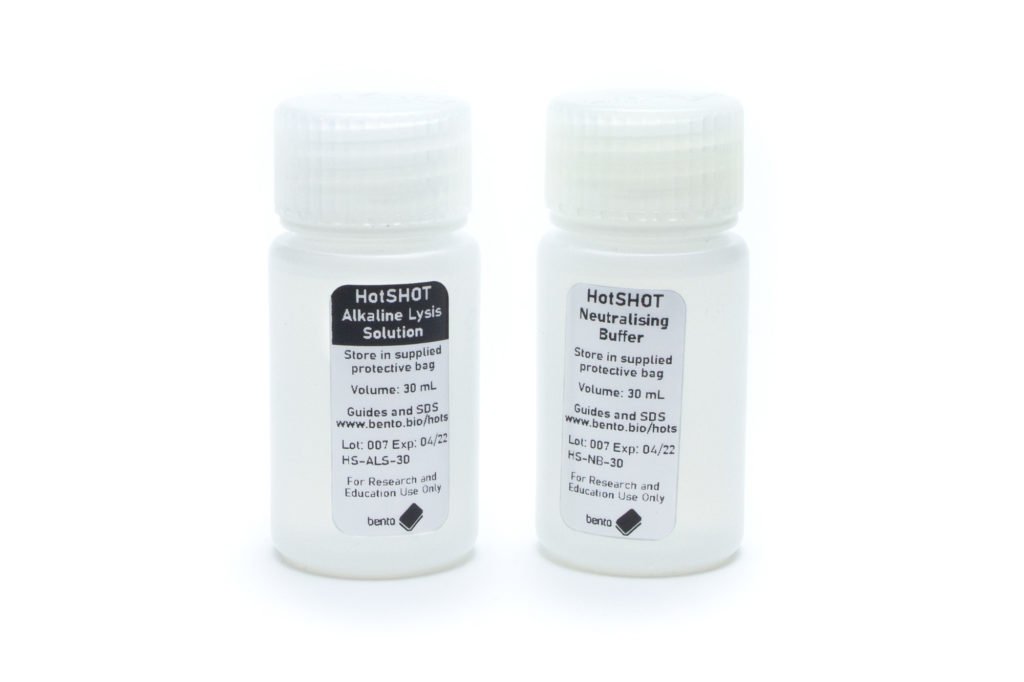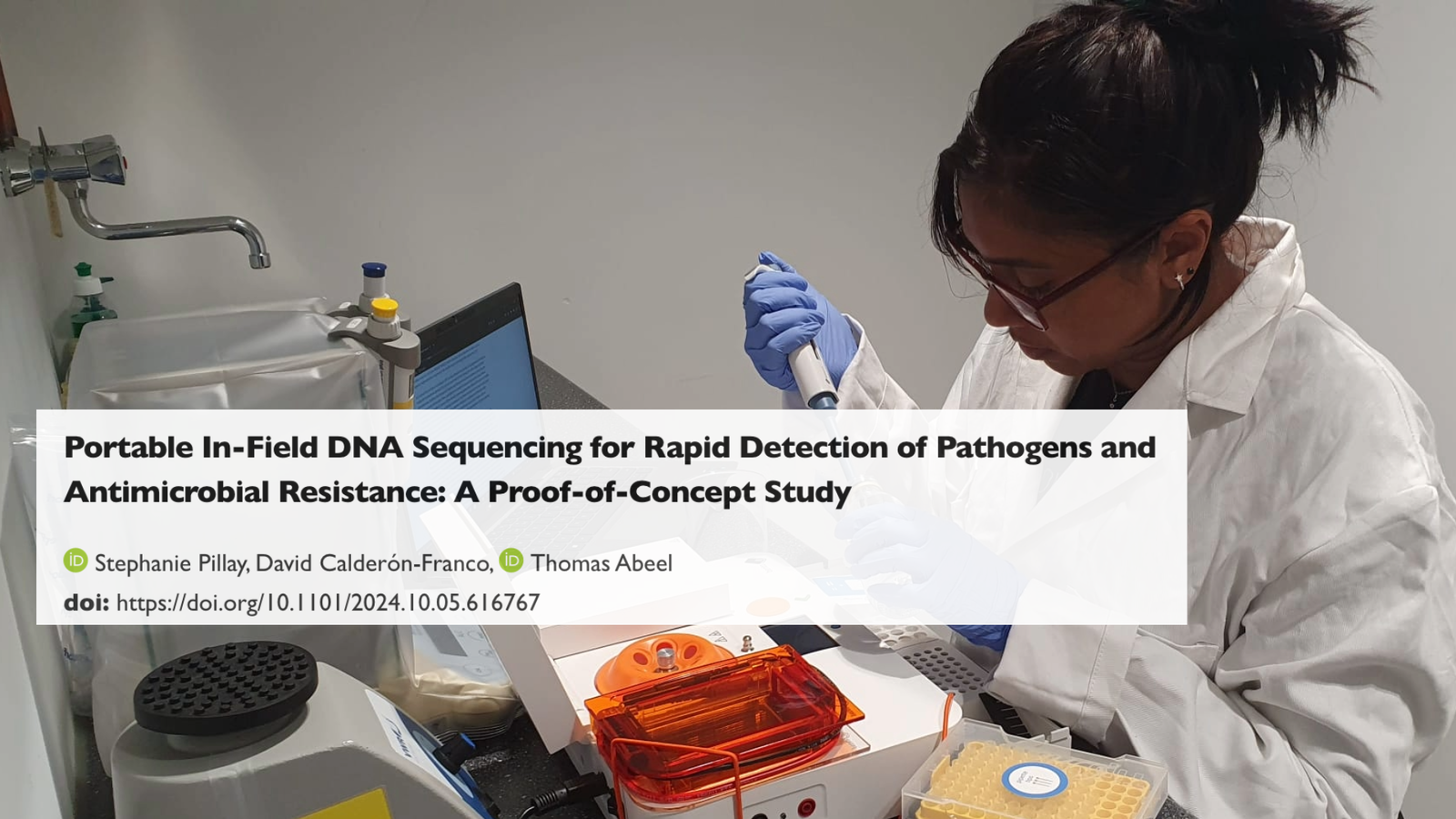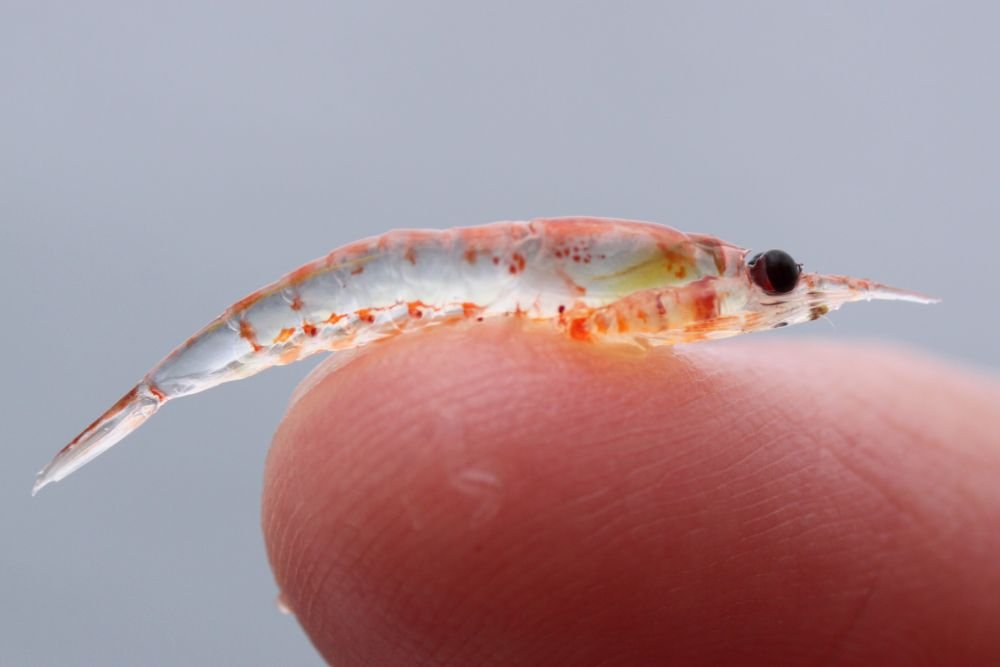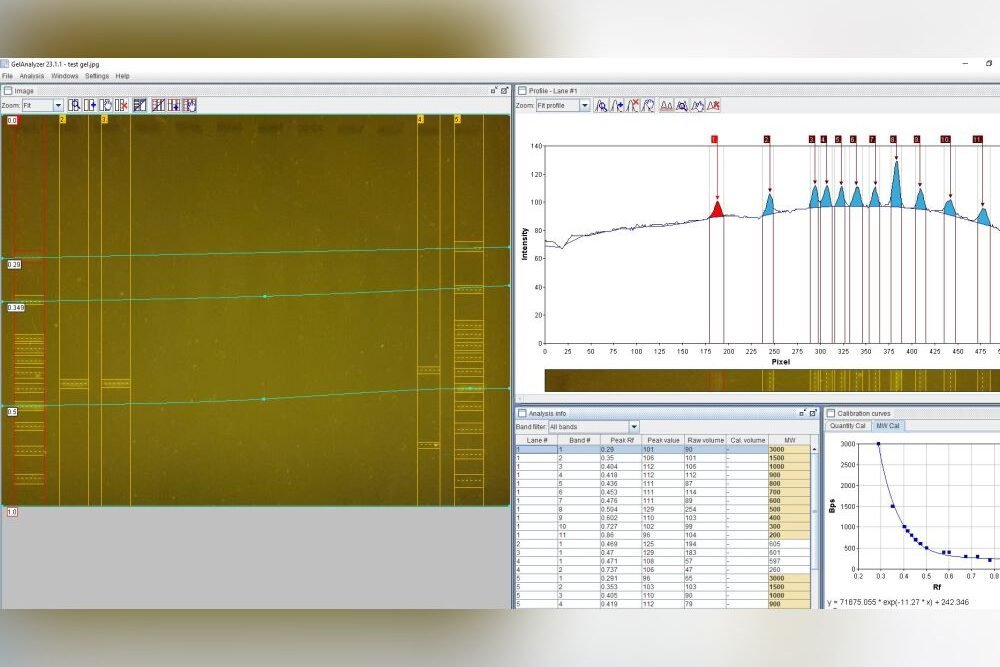Hey PCR enthusiasts,
Here are some updates from Bento Lab!
Methods and Techniques
Cheap DNA Extractions Using Laundry Detergents
Can you use biological laundry detergents instead of laboratory grade detergents and proteases to make an extremely cheap and accessible DNA extraction method with no refrigeration requirements?
Here are a few examples of people who have made laundry detergent extractions a reality:
- Nasiri et al. (2005) used laundry powder for blood cell lysis, followed by salting out with sodium chloride and washing with ethanol. They found their method was equivalent to the standard salting-out procedure using proteinase K and RNAses for high-quality genomic DNA extraction and for downstream PCR.
- Mirnejad et al. (2012) tested laundry detergents for extracting bacterial genomic DNA. They used laundry detergent lysis, sodium acetate protein precipitation, and ethanol for precipitation and washes. Two of their biological detergents worked well for genomic extraction, PCR, and restriction digests.
- Guan et al. (2013) used laundry detergent and PCR mix buffer to extract DNA from cattle hair. They found three different detergents worked well enough to allow the amplification of four microsatellite regions.
- Talebi et al. (2019) described a successful laundry detergent method for whole blood of farm animals at a cost of €1-2 per 50 preps, using only 2.5 g per 100 samples, followed by salting out and cleaning DNA with ethanol. This article is subscription access only.
Other methods can also be found in the literature that involve chloroform or magnetic beads to clean the DNA further.
However, a few notes of caution:
- This method may work well for some use cases (e.g. blood extracts) but there may be even cheaper or easier methods to get the same result.
- Some laundry detergents will contain DNAses that will destroy your DNA, so be careful to avoid these products! You will need some trial and error to determine the best current brand for you.
- Reproducibility will be affected if you change the brand, or if someone following your protocol can’t find exactly the same formulation. This means that it’s an approach best used for routine work where the extraction method doesn’t affect the experimental work.
Product Highlight
Bento HotSHOT DNA Extraction Kit
If you are looking for simple, affordable DNA extraction kits, we have a few DNA extraction kits.
You can rapidly extract PCR-quality DNA from a wide range of tissues with the HotSHOT method. This kit is a simple, two step protocol performed in a single PCR tube.
If you want to skip making the solutions yourself, you can get our HotSHOT DNA Extraction Kit, which includes enough reagents for up to 400 rxn for $36.50. 
Papers We Love
BaseLess: DNA detection using MinION without basecalling
Field sequencing technologies using Oxford Nanopore MinION are extremely portable, but they still require a mid-to-high specification laptop for basecalling in the field. This is a large additional expense that could limit deployment in resource-limited scenarios.
To overcome this limitation, some researchers are working to develop direct detection of target DNA from raw MinION signals using trainable neural networks, that can run without basecalling on a $100 single-board computer.
A group of researchers aiming to achieve this goal have produced a pipeline called “baseLess”. BaseLess uses easily configurable and trainable neural network arrays to directly interpret the raw nanopore signal (called the “squiggle”) as DNA strands flow through the pores. It then directly matches squiggle signals to reference genomes.
A key priority was to make the neural network array quick and easy to configure without retraining, so it can be easily used to detect different DNA targets. Another priority was to make it very lightweight, so that it requires ~1 MB per species model rather than hundreds of MBs (as with current base-calling methods).
BaseLess is capable of identifying organisms in its training set given a target genome and off-target genomes, for example detecting one fish species out of a range of candidate species. It’s also able to pick out specific target amplicon sequences from mixtures of environmental DNA, for example potentially pathogenic bacteria from gut microbiomes.
Its authors say baseLess needs further development to outperform current basecalling methods. However, they believe that it “has more potential to be developed into an accurate yet flexible sequence detection tool than its competitors, especially after it receives further optimizations”, due to its rapid training methods and low computational overhead.
It’ll be very exciting to see how this technology develops in the near future!
You can find the article here:


